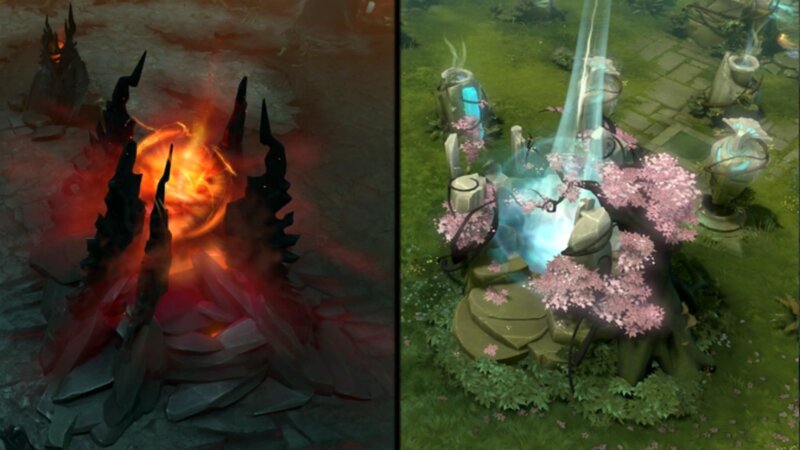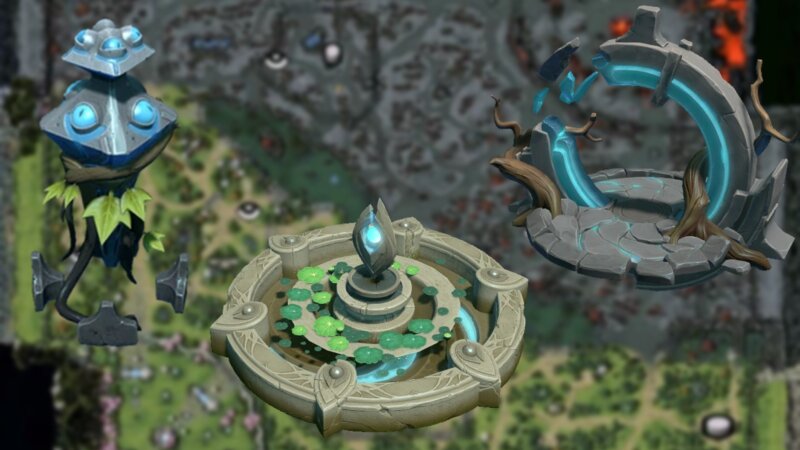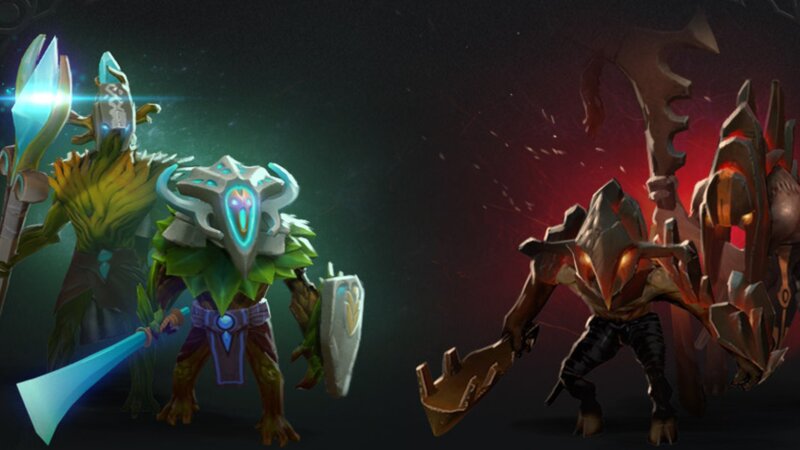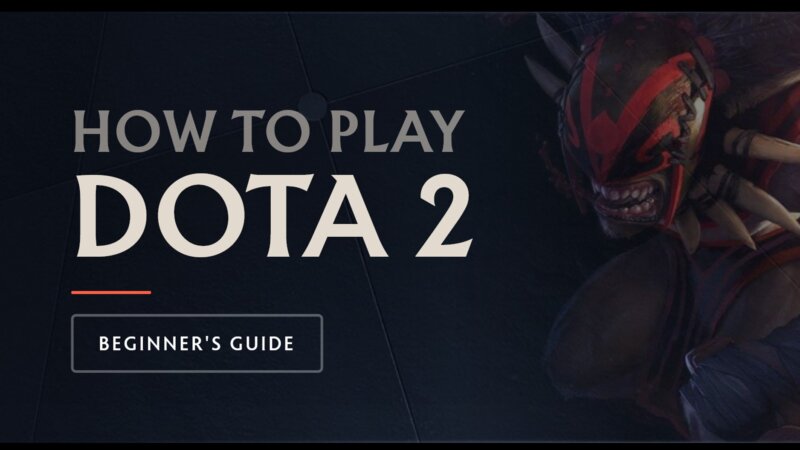If you’re eager to delve into the world of Dota 2, Valve’s complex MOBA offers a challenging yet rewarding experience. Whether you’re a newcomer to the genre or transitioning from another MOBA, mastering the intricacies of Dota 2 is crucial to engage with the welcoming community of players. Here’s a comprehensive guide to help you navigate the world of Dota 2.
All eyes on the Objective
In Dota 2, the primary focus is on destroying the Ancients to claim victory. Each match involves various activities such as eliminating creeps, destroying towers, and engaging in team fights across multiple lanes. Understanding this core objective is essential for new players to grasp the essence of playing Dota 2.
The Ancients symbolize the win condition, where the team that destroys the enemy Ancient emerges triumphant. This goal necessitates teamwork to defend your own Ancient while formulating strategies to defeat the opponent’s.

The Dire vs Radiant Ancients (Image Credits: Valve)
Mastering Towers and Buildings
Prior to reaching the Ancient, each lane is fortified with towers that grow stronger closer to the base. Additionally, destroying barracks enhances the team’s creeps, leading to ‘Mega Creeps’. Understanding tower mechanics like armor bonus, aggro, and backdoor protection is crucial for successful gameplay.
How To Play Dota 2 Tip: Familiarize Yourself With The Dota 2 Map
With the New Frontiers Update, the Dota 2 map has expanded, introducing new building structures. Aside from the enemy structures, elements such as Watchers, Lotus Pools, Defender, and Twin Gates offer strategic nuances to consider.
- Healing Lotuses in Lotus Pools provide health and mana boosts, enhancing player survivability and map control.
- Watchers function as controllable wards, offering vision to the capturing team.
- Twin Gates offer quick access to different map corners and can be utilized by Roshan to move between pits.
- Defender’s Gates provide a safe escape route during enemy sieges near your base.

New Buildings – Watcher, Lotus Pool, Twin Gates (Image credit: Valve)
Creeps, Gold, and Experience
Creeps, both lane and neutral, play a vital role in providing gold and experience to heroes. Lane creeps progress every 30 seconds, while neutral creeps in the jungle offer rewards but also pose risks when tackled solo. Roshan, a formidable neutral creep, yields powerful rewards upon defeat.

Radiant vs Dire Lane Creeps (Image credit: Valve)
Navigating Game Phases
Dota 2 matches progress through early, mid, and late game phases, each requiring distinct gameplay approaches. The early game focuses on laning and resource acquisition, while the mid-game involves active engagement and map control. In the late game, teams prioritize decisive team fights and objective control.
Early Game
During the early game (first 15 minutes), emphasis lies on farming, securing objectives, and establishing an early advantage through effective communication and coordination.
Mid-Game
As the match advances (15 to 30 minutes), teams transition to aggressive engagement, focusing on map dominance, ganks, and tower destruction. Vision and strategic movement are key in this phase.
Late Game
In the late game (beyond 30 minutes), intense team fights, high-value objectives, and buyback strategies take center stage. Maintaining pressure on enemy structures and efficient defense become crucial for securing victory.
While mastering the game’s fundamentals is essential, specializing in roles such as carry, offlane, or support enhances team synergy. Each role contributes uniquely to the team’s success.
Top 3 longest Dota 2 games in history
What is Dota Labs: Everything about the experimental feature


